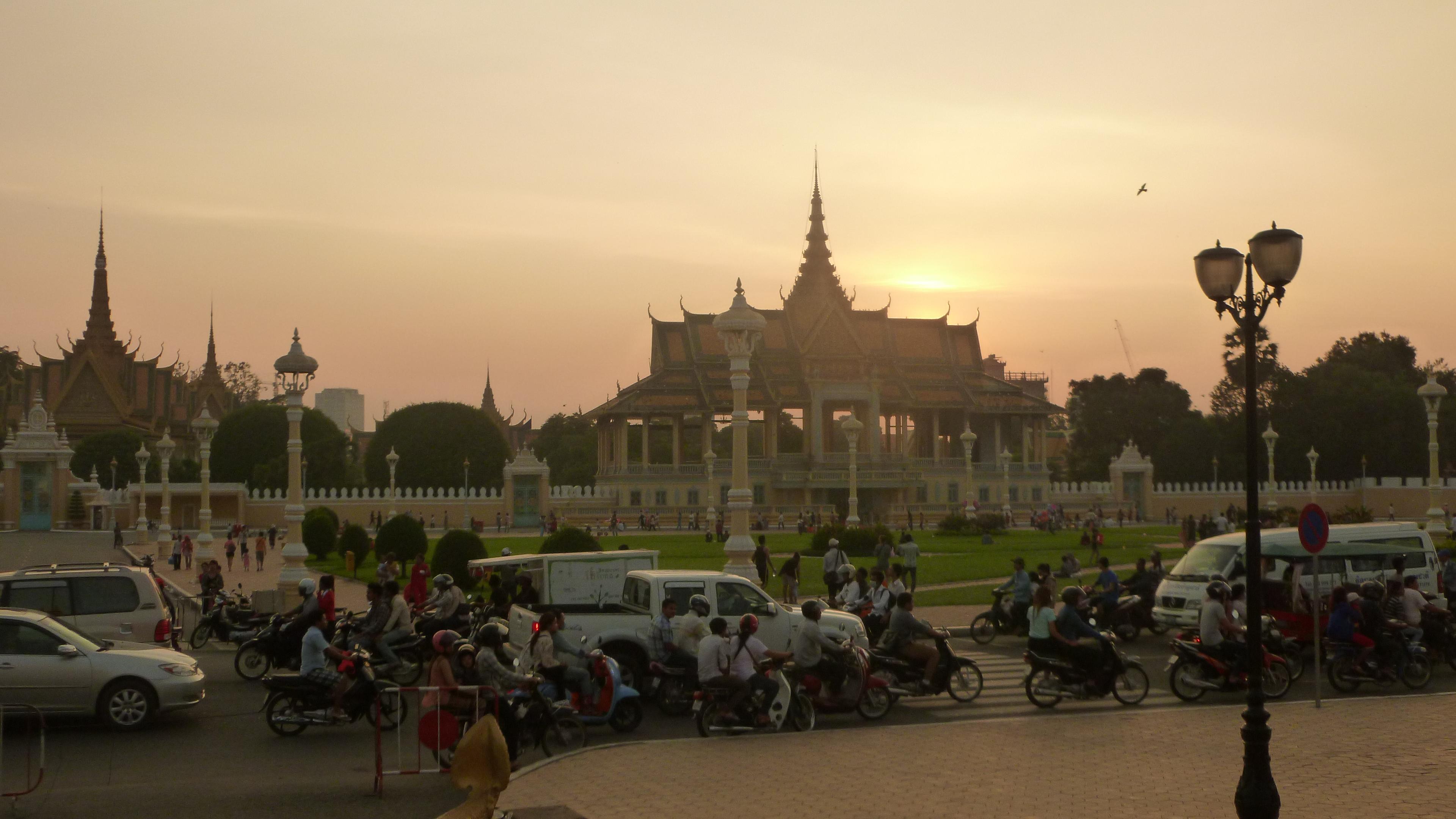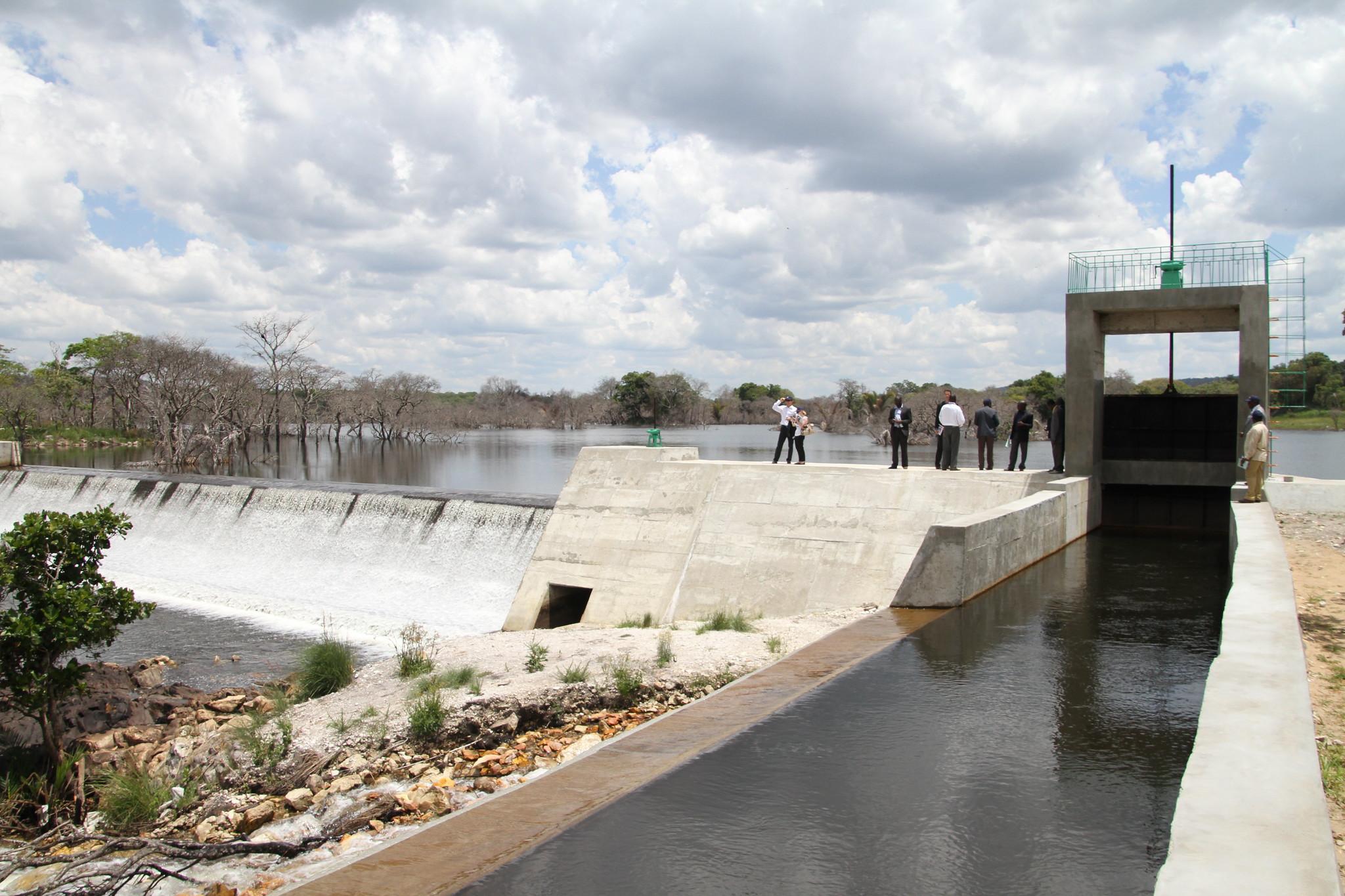As the longest river in Southeast Asia, the Mekong supports biodiverse ecosystems and ethnically diverse populations. Covering almost 800,000 km2, its basin is shared by six countries, and those living within it are heavily reliant on its natural resources.
This high dependence on the Mekong’s water resources make them vulnerable to corruption, which is widespread and an important element in the ways in which the Mekong’s waters are exploited. This paper investigates how that corrupt behaviour emerges and affects those living in Cambodia, Lao People’s Democratic Republic, and Vietnam – collectively ‘CLV’. It is evident that there is a mutually reinforcing relationship between the region’s corruption and its authoritarian regimes. Hydropower and other types of water development offer large opportunities for corruption and kick-backs.
While corruption occurs in different ways in each CLV country, it can be characterised by patronage-based relationships: in exchange for their loyalty, actors gain favour, receive large contracts, have legal infringements overlooked, or even potentially are acquitted. The power of the political elite in those countries means they can assert patrimonial interests and/or enrich themselves, while third-party scrutiny remains relatively limited. Networks of patrimony are sufficiently powerful to direct the course of water development, with significant bribes being paid to influence decision-making structures.
How water development leads to exploitation and displacement
The impact on the environment of regional development choices taken by the CLV countries has significant consequences for society at a local level, and three such choices have been identified as ‘hydro-corruption domains’: large-scale infrastructure development, eg hydropower, irrigation, and climate change adaptation; the direct exploitation of resources, eg sand mining and fisheries; and land re-zoning and resettlement. Infrastructure development provides by far the greater opportunities for corruption.
The food production and security of local communities can be impacted by the construction of hydropower projects that affect fisheries production – meaning a decline in fish catches for local people who rely on that food source – and lead to significant changes in the aquatic environment. Widespread development within the Mekong Basin creates new opportunities for engineering and construction; however, this exacerbates the climate change challenges already being faced by the region. To counter these challenges and protect the Mekong Delta, proposals for projects attract immense investments which also create opportunities for corruption – as does the construction and financing of large irrigation schemes.
Moreover, water ‘injustice’ – such as the practices of land grabbing or pollution, or merely excluding or restricting access to water resources – exacerbates the impact on rural livelihoods in the Mekong Region. Further human rights abuses have been alleged around many hydropower projects, not least the forcible removal of residents and the destruction of their homes.
The sheer scale of these projects invariably leads to resettlement of huge numbers of people – many of which are ethnic minorities, and have a significant impact on their livelihoods. There is also a specific gender-related impact, as women are disadvantaged when resettled and experience a change to their status. Resettlement also has consequences on migratory flows within the Mekong Region: while changes to the environment may be subject to assessment, it is not clear how local populations are likely to react to those changes and the subsequent reduction of their access to natural resources. As a result, migration will certainly become a key coping strategy.
Meeting the challenge of corrupt water governance
The presence of corruption in the Mekong Region needs to be factored into the planning of future initiatives. Curbing the corruption in water governance is unlikely to be achieved by external actors – it is the countries that are responsible. Encouraging the use of remote sensing to track and monitor trends in the environment and development across the region is one way corruption might be countered, by revealing its environmental consequences and attributing its causes. Here, a robust communications approach is necessary to disseminate information to local communities. Social media is an ideal platform, as is it heavily used in the CLV countries. Such monitoring should be extended to analyse the ways in which local communities are likely to respond to environmental change and collapse.
It should also be recognised that communities affected by development interventions have recourse options available to them, but they are rarely aware of them. Legal frameworks which exist to address infringements, both within their own countries and on the international stage, should be promoted and used to challenge livelihoods deprivation, inadequate compensation, and human rights abuse.
Gaining a deeper understanding of the financial flows around water and corruption trends should be considered by most western agencies operating the region. This approach also has the potential to draw upon existing institutions which seek to address environmental risk and promote higher levels of financial transparency and accountability. While it is problematic to monitor financial flows, it is easier to identify opportunities for implicit financial flows, for example information on shareholdings held in companies by regional political elites.
Regional governments can create opportunities for illegal and corrupt activity by having vague (or ‘non’) goals. If no one knows what it is that they are trying to achieve, it becomes difficult to argue that deviations are occurring. By supporting regional governments to set a vision, it is easier for stakeholders to align with it and create the systems, policies, and strategies needed to achieve it. While a strong vision will not prevent corruption, deviation from it can be observed and the corruption easier to detect.


